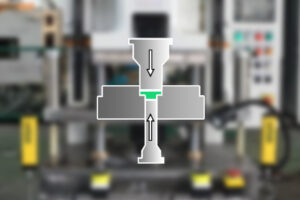
What is Sizing in Powder Metallurgy?
Sizing is one of secondary operations in powder metallurgy. It re-presses the sintered parts to achieve higher accuracy. Why do that? This is because during
Powder metallurgy (PM) parts are known for their high precision and fast production.
However, sintered parts contain many pores, which may lead to internal corrosion and reduced mechanical strength.
This is where impregnation process comes in handy. In this blog, we will take a deep look on oil impregnation and resin impregnation in PM.
Soak the cleaned product in engine oil, such as No. 20 engine oil. Under the force of the pores of the product, the oil soaks into the pores of the product.
This method is inefficient and slow, requiring several hours. So it is used for product with low oil content.
At the beginning, you need to clean the bushings to avoid contaminants from impeding impregnation process.
Then you can use a vacuum pump to remove the air inside. When you take out the air, it lowers the pressure inside the pores of the sintered bushings.
Once vacuum environment is achieved, the oil is introduced into vacuum chamber. The low-pressure environment facilitates oil penetration. This process can achieve a maximum vacuum level of about 29” Hg. (According to Abbott Furnace Company)
Finally, a curing step is necessary to solidify the oil and create a durable seal within the pores of the bushing.
Below is a video about vacuum impregnation process.
Soak the product in hot oil at 80~120℃ for 1 hour. Due to the heat, the air in the communication hole expands, causing product of the air to be discharged. After cooling, the remaining air contracts again, drawing the oil into the pores.
SAE 30 oil has a wide range of applications and is suitable for use in automotive engines.
For extreme temperatures or applications in automotive engines, transmissions, PAO is ideal.
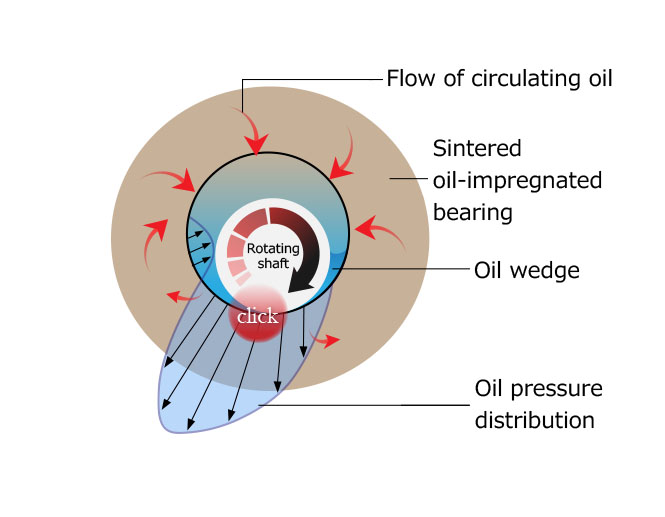
Oil impregnation process in powder metallurgy greatly benefits bearings. You can find oil-impregnated bearings in everyday items like fans, coffee machines, and motors. These oil bearings have the following benefits.
Oil impregnated bushings release lubricant during operation, ensuring continuous lubrication.
Therefore, it minimizes the need for frequent manual lubrication, reducing maintenance costs.
The continuous lubrication provided by impregnated oil helps significantly extend the lifespan of oil bearings.
The presence of oil reduces direct contact between parts, reducing friction and wear
Lubricating oil also helps dissipate the heat generated during operation.
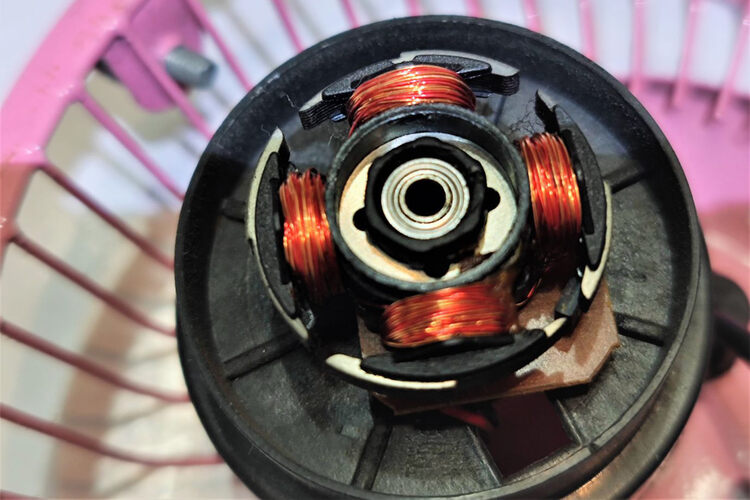
The oil within the pores provides a protective layer that helps prevent corrosion.
Oil blocks moisture and other corrosive elements, protecting bearing materials from rust and corrosion.
Resin impregnation is one secondary process that significantly improves the wear resistance and corrosion protection of PM parts.
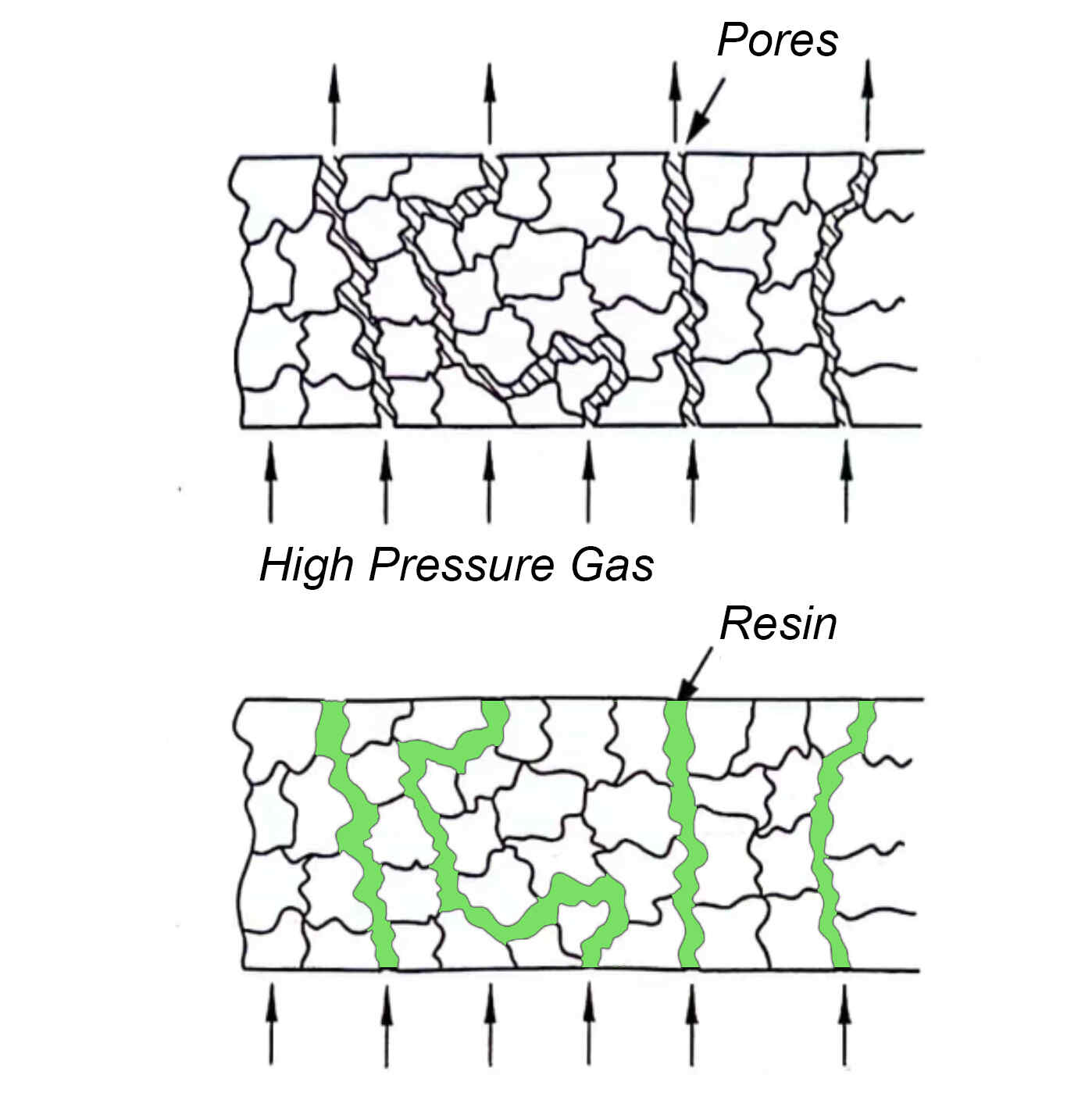
Wet Vacuum
Firstly, load powder metal parts into a vacuum chamber along with a resin solution
Next, you remove air from the pores of the part to form a vacuum. Then you inject an atmosphere of air, penetrating the resin into the gaps between powdered metal components. After impregnating the parts, you first spin them slightly by centrifugal method, and then put them into the air of about 97°C to harden to get the finished product.
Dry Vacuum
Dry vacuum impregnation follows a similar process to wet vacuum impregnation.
First, put your parts into the vacuum chamber, extract the vacuum, and remove the air from the pores of the parts. The resin is then introduced in vapor form or dry powder form, and the resin melts and infiltrates into the internal pores of the part.
Dry vacuum impregnation ensures that air is removed, allowing resin to penetrate deeply into the parts. It is a more thorough and robust form of impregnation.
Anaerobic Polyester Resin Impregnation
Submerge the parts in anaerobic polyester resin. The impregnation method is similar to above. After impregnation process is complete, use detergent and water to remove any remaining resin from the surface. After cleaning is complete, you place the parts into a contact media tank containing the catalyst. This catalyst is responsible for hardening the resin in the pores of product. This process takes approximately two to three hours.
Resin impregnation process is ideal for parts with a density of 80% to 90%. For iron-based parts, the density range is 6.2g/cm3 to 7.0g/cm3. If the product density is too low, the resin will flow out during impregnation process. On the contrary, if the density is too high, it is difficult for the resin to enter the pores of the product.
Manufacturers often use impregnation process to enhance oil bushings by non-metallic materials. In contrast, they employ infiltration process to create metal matrix composites by introducing reinforced metal. Thereby, improve the mechanical properties of the sintered metal parts.
Impregnation is usually carried out at a lower temperature, usually room temperature or slightly elevated temperature. It allows auxiliary materials to penetrate into the pores without melting the parent material.
Conversely, infiltration requires higher temperatures to melt the infiltrating metal and allow it to flow into the pores of the part.
Since there is no externally visible evidence of sealing from the oil impregnation process, we typically use the ASTM B963 Standard test method. It mainly detects the following.
Copper-based oil-impregnated bearings typically have an oil content ranging from 12% to 30%. Besides, iron-based oil-impregnated bearings usually contain 18% to 25% oil.

Sizing is one of secondary operations in powder metallurgy. It re-presses the sintered parts to achieve higher accuracy. Why do that? This is because during
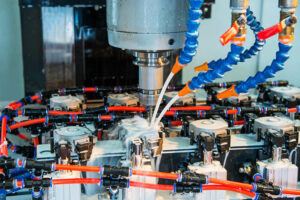
Sintering is a great way to boosts parts strength. However, it is not perfect. You may require addition features through secondary operations in powder metallurgy
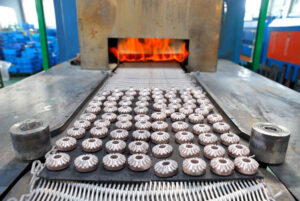
Impregnation is a wonderful secondary process to fill the pores of powder metallurgy (PM) parts. There is another process to do it—Infiltration. Infiltration in powder
More than 10,000 developed powder metallurgy products, including sintered gears, pulleys, impellers, sprockets, hubs, rotors, oil bushings, etc., Get free samples without a tooling fee before placing an order!
BLUE MACHINES is a leader in powder metallurgy manufacturing, providing a full set of powder metallurgy processes, from designing, tooling, compacting, sintering, sizing, and hardening to the final finished products.
Find your sintered parts in our shop without tooling fees.
Email: [email protected]
Copyright © 2024 NINGBO BLUE MACHINES CO., LTD. | All Rights Reserved.
One comment
I was looking through some of your content on this website and I believe this
web site is very informative! Keep posting.